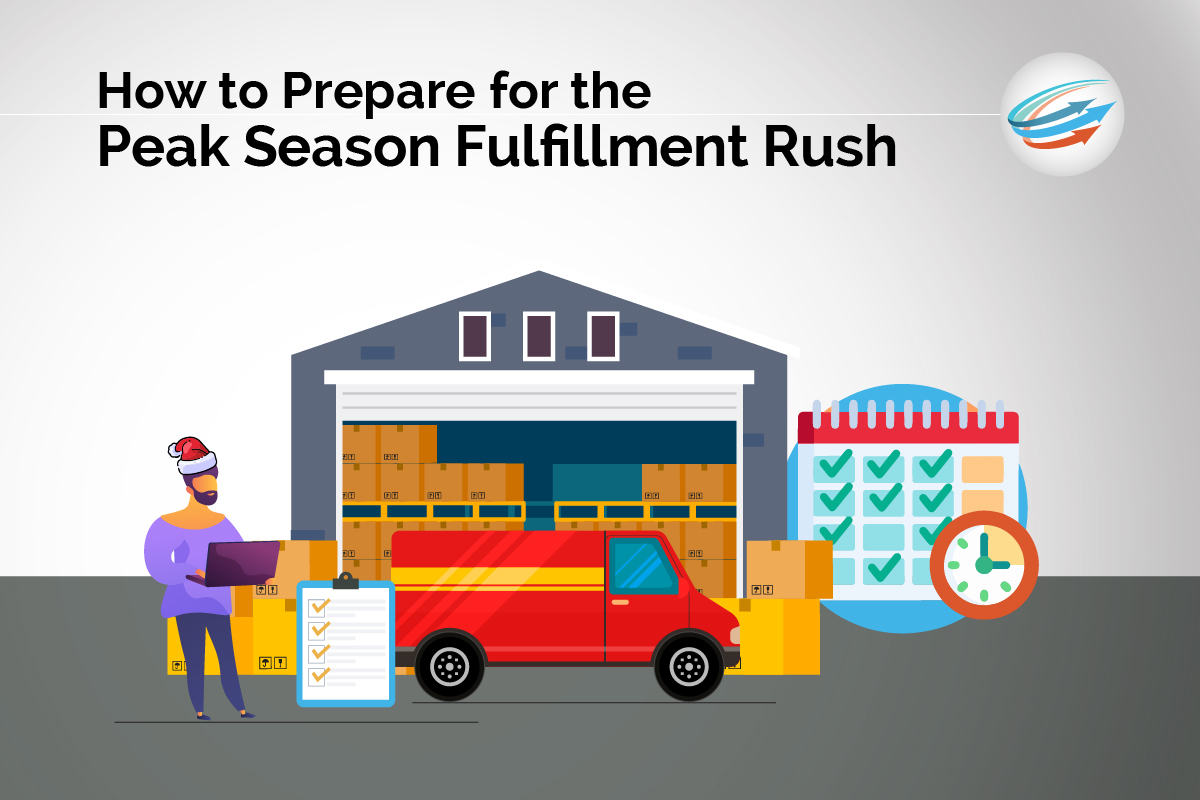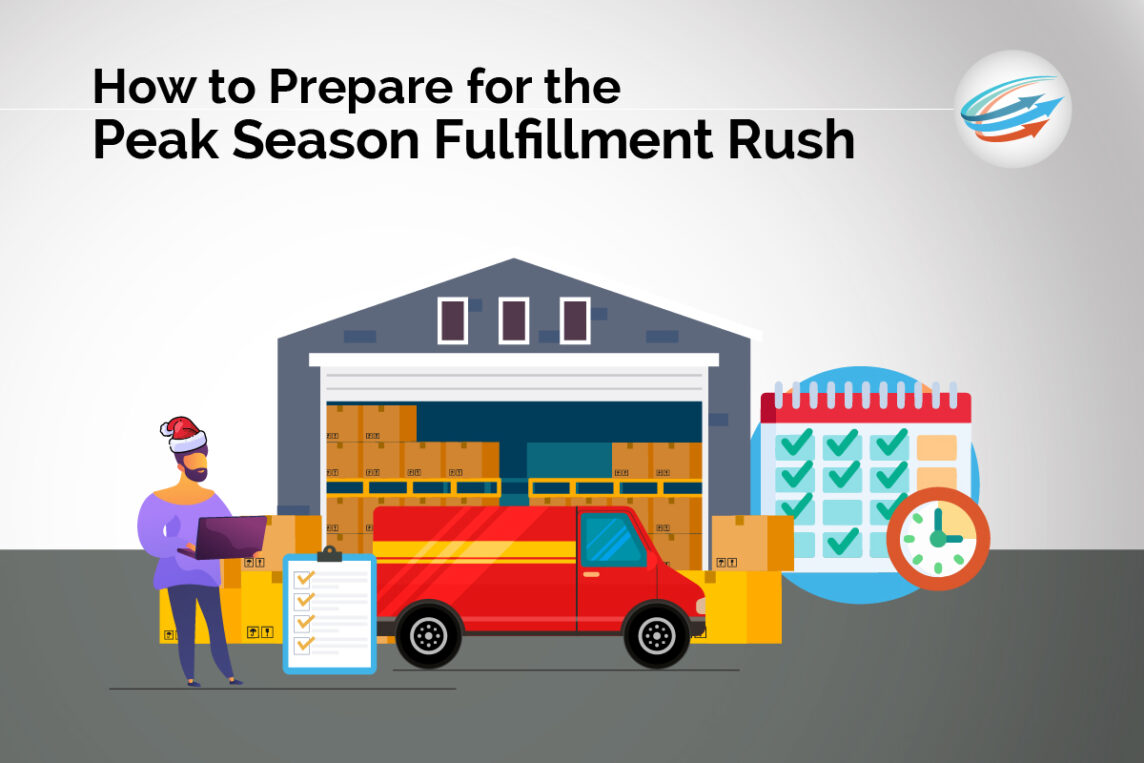
It’s that time of the year again—the peak season fulfillment rush is quickly approaching and businesses need to start preparing now. Peak seasons are those times of the year where businesses experience a significant increase in sales and overall activity. These periods can make or break a company’s success and it’s essential to be prepared.
Now is the perfect time to assess your strategies and readiness for the upcoming peak season. By taking the time to review inventory, staffing, and shipping processes, businesses can ensure they are well-equipped to handle the incoming surge of orders. Don’t wait until it’s too late—start preparing now to make this year’s peak season your best yet.
Metrics to Track Before Peak Season Order Fulfillment
Below are some key metrics all businesses should track before the peak season order fulfillment rush.
Order Accuracy
Order accuracy is the percentage of orders that are fulfilled correctly. It’s crucial to measure your order accuracy rate to ensure that you’re meeting the needs of your customers. After all, accurate orders result in reduced returns, higher levels of customer satisfaction, and a stronger brand reputation. To calculate this rate, divide the number of orders fulfilled accurately by the total number of orders fulfilled, then multiply by 100.
Order Accuracy Rate = (Total Orders Fulfilled Accurately / Total Orders Fulfilled) * 100
Fulfillment Speed
As you prepare for the upcoming peak season, don’t overlook the importance of tracking fulfillment speed. Whether you’re selling products online or in-store, it’s critical to process and ship orders quickly during peak periods. Faster fulfillment leads to greater customer satisfaction and increased repeat business. By tracking metrics like order-to-ship time, you’ll gain valuable insights into how well your fulfillment process is performing and where improvements can be made.
Related: How to Speed Up Order Fulfillment?
Inventory Turnover Rate
Inventory turnover rate, defined as the number of times a company’s inventory is sold and replaced in a given period, plays a crucial role in efficient inventory management. By monitoring these rates, businesses can avoid two common pitfalls—overstocking and stocking out—which can both lead to lost profits. Calculating inventory turnover ratios is simple: divide the cost of goods sold by the average inventory value during a specific period. The resulting number shows how many times a company has sold and restocked their inventory.
Inventory Turnover Ratio = Cost of Goods Sold / Avg. Inventory
Related: How to Improve Average Inventory Turnover?
On-Time Delivery Rate
Timely deliveries are crucial in keeping customers satisfied, especially during the busy holiday season. When orders arrive on time, customers are more likely to return and make future purchases, ultimately improving customer loyalty. Measuring the on-time delivery rate is simple: Divide the orders shipped on time by the total orders and multiply by 100. Making timely deliveries a priority can have a significant impact on your customer relations and ultimately, your bottom line.
On-Time Delivery = (Orders Shipped on Time / Total Orders) * 100
Related: On-Time Delivery in e-Commerce Fulfillment
Return Rate
High return rates during peak seasons can lead to a decrease in profits and customer satisfaction. It’s important to understand the implications of high return rates in order to prevent any errors in the product quality or fulfillment process. By tracking return rates, businesses can identify any patterns or issues that may be affecting their customers’ satisfaction with their products. This can help businesses take the necessary steps to prevent these issues from occurring during peak seasons.
Customer Satisfaction Score (CSAT)
The Customer Satisfaction Score (CSAT) gauges the impact of the fulfillment process on customer happiness. It takes into account various touchpoints such as order accuracy, delivery time, and communication. CSAT surveys and feedback are helpful tools for businesses to identify areas for improvement. They put the customer’s voice at the forefront of the process, revealing any pain points that may have gone unnoticed. To calculate CSAT, businesses simply need to ask customers for feedback on a scale of 1-10.
Related: How to Improve Customer Satisfaction with Order Fulfillment?
Achieving Peak Season Excellence with Metrics and a Trusted 3PL Partner
Peak season can be both exciting and challenging for businesses. Amidst the rush and bustle, it’s crucial to have the right metrics in place to ensure that orders are being fulfilled quickly and accurately. Key metrics like order processing time, order accuracy rate, and shipping time can make a world of difference in achieving peak season excellence.
But how do you ensure that you’re tracking the right metrics and interpreting them correctly? This is where a trusted 3PL partner comes in. By working with a reliable partner, you can access valuable data insights and choose the right metrics to measure success in your operation.
Partner with APS Fulfillment Inc. for Peak Season Excellence
At APS Fulfillment, Inc. we specialize in helping businesses prepare for peak season by offering expertise and tailored solutions to meet their unique needs. We provide services such as real-time inventory management, e-commerce fulfillment, fulfillment solutions, and fulfillment markets. If you’re looking for the right company, look no further than APS Fulfillment, Inc. You can contact us by e-mail at [email protected] or by phone at (954) 582-7450.
You may also like: How to Increase Holiday Sales?






